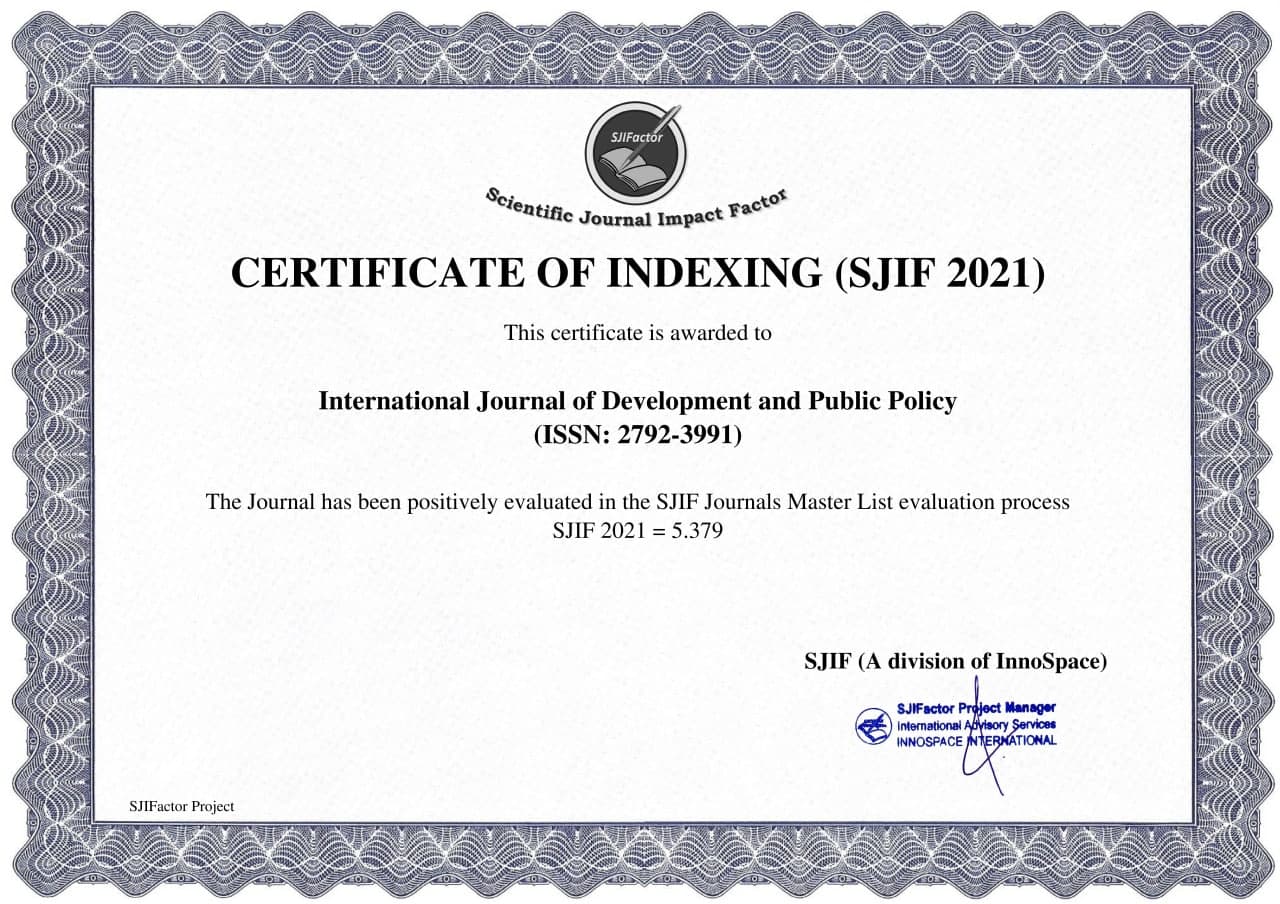Investigating the Style of Gender Leadership: Male and Female Leadership and Management Style
Keywords:
gender leadership, Leaders, Sexual Orientation leadership, Abilities, strategy, PersonalityAbstract
The purpose of this study is to compare and contrast traditional male and female management and leadership methods. By identifying male and female leadership and supporting our study with data collectors to validate it, our investigation will provide a clear picture and comprehension of the topic from the outset. In the same way that the bias and disparity between the dominant style of male management and leadership is striking, it is evident that female leadership comes with its own set of advantages and disadvantages. Understanding and dissecting management leadership is fascinating because it has the key to adding new insights and evidence to the theory. Recognizing and appreciating the leadership abilities of both men and women is an important first step. One of the legitimate and ongoing studies that requires the interest of many people is the presence of men and women in positions of leadership. With an eye toward persuasion, it is important to study both male and female leaders, their management methods, their interactions with followers of all sexual orientations, and the actions they do. What they do to advance their expertise, the management principles they uphold, and the improvements they implement. Men and women today are working toward equality in many spheres of life, but traditional management structures remain in place for most jobs. How they maintain their core traits integrity, competence, and attitude even when they take on new tasks and interact with new people.






